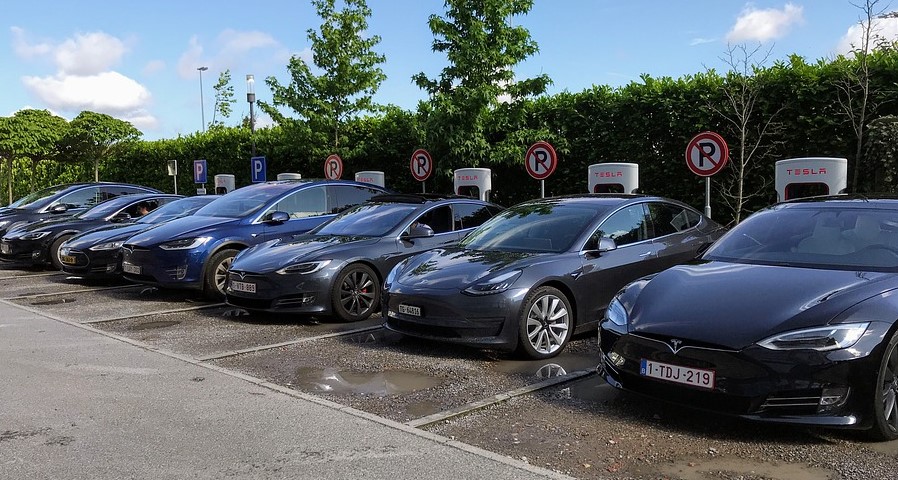 By B.N. Frank
By B.N. Frank
Disturbing and sometimes fatal incidents and issues have been and continue to be reported about Tesla Electric Vehicles (EVs) (see 1, 2, 3, 4, 5, 6, 7, 8, 9, 10). In August, the U.S. government started investigating problems associated with the autopilot feature. In September, a lawsuit was filed by police officers injured by a Tesla being operated in autopilot. Last week, Tesla announced that it had received numerous complaints that its recent autopilot software was causing dangerous driving conditions. Now the company is recalling vehicles because of it.
From Ars Technica:
Tesla recalls 11,706 vehicles over Full Self-Driving Beta software bug
The new software bug caused phantom emergency braking events.
Tesla’s controversial “Full Self-Driving” feature took another hit on Tuesday. The Texan automaker issued a recall for nearly 12,000 vehicles after an over-the-air software update introduced a new bug that can cause false activations of the cars’ forward collision warning and automatic emergency braking (AEB) systems.
According to the safety recall report, the problem affects Models S, X, and 3 vehicles built between 2017 and 2021 and Model Y vehicles built between 2020 and 2021 that are running firmware release 2021.36.5.2. The updated firmware was rolled out to drivers in its beta testing program on October 23 and, once installed, caused a pair of chips to stop talking to each other when the vehicle wakes up from “sentry mode” or “summon standby mode.”
That error prevents the neural networks that operate on one of the chips from running consistently, causing it to throw false-positive collision warnings and—more seriously—false-positive AEB activations.
Tesla acted quickly after unleashing the faulty software. After receiving multiple reports of problems, the company halted the rollout and disabled the two affected safety features on the affected cars by the next day. On October 25, a new firmware version was released, correcting the problem and restoring collision warning and AEB to the affected cars.
Perhaps the most unusual aspect of this story is that Tesla initiated the recall process through the National Highway Traffic Safety Administration for a software issue. Almost all the affected cars have already been patched, and Tesla doesn’t often feel the need for such formality.
However, after years of admonishment and pleading by the National Transportation Safety Bureau, the new regime at the NHTSA has begun to apply a little more scrutiny to Tesla and its Autopilot system.
OK, but when are they going to address the phantom AEB events in all their cars, regardless of FSD status. We rarely use autopilot on our M3 because it’s scared us with such an event enough times and we’re not willing to risk being rear-ended for no reason.
I don’t care that the other driver will most likely be found responsible. It’s a huge headache to deal with it, and parts for Tesla are in very short supply, leading to weeks / a month or two to get stuff fixed.
Some customers seem to be giving up on owning EVs – at least for now – because of battery fires. That seems reasonable.
Activist Post reports regularly about Automated Vehicles , Electric Vehicles and other unsafe technology. For more information, visit our archives.
Become a Patron!
Or support us at SubscribeStar
Donate cryptocurrency HERE
Subscribe to Activist Post for truth, peace, and freedom news. Follow us on Telegram, HIVE, Flote, Minds, MeWe, Twitter, Gab and What Really Happened.
Provide, Protect and Profit from what’s coming! Get a free issue of Counter Markets today.

Be the first to comment on "Tesla Recalls 11,000+ Vehicles Due to “Phantom Emergency Braking”"